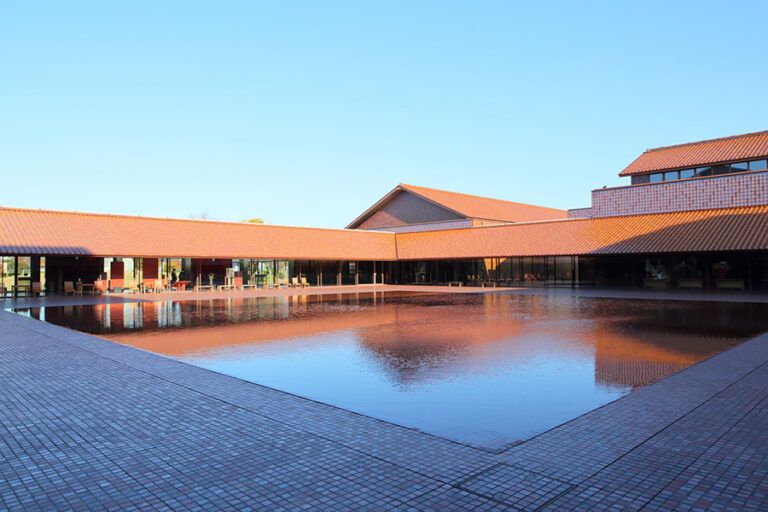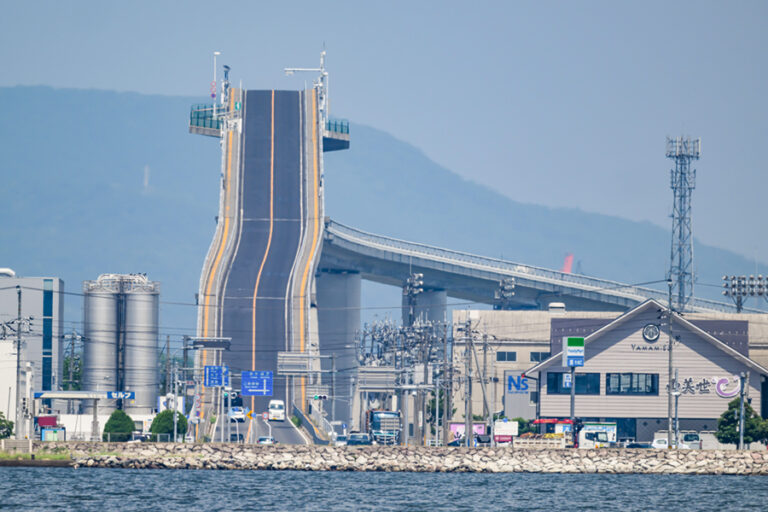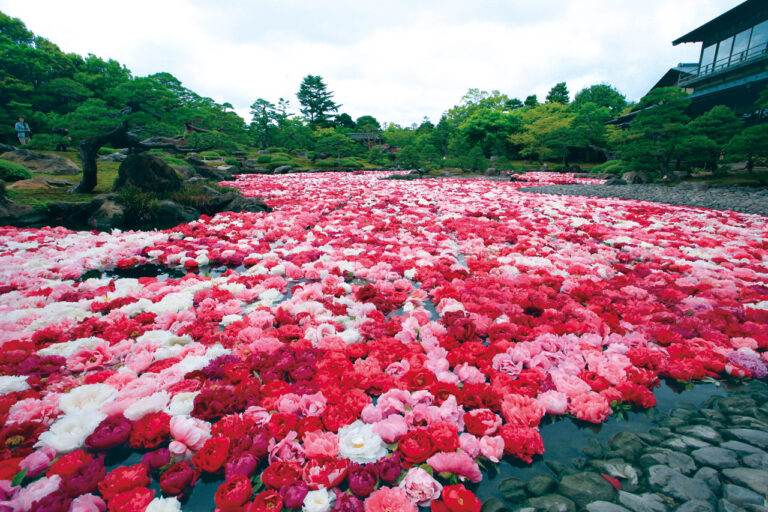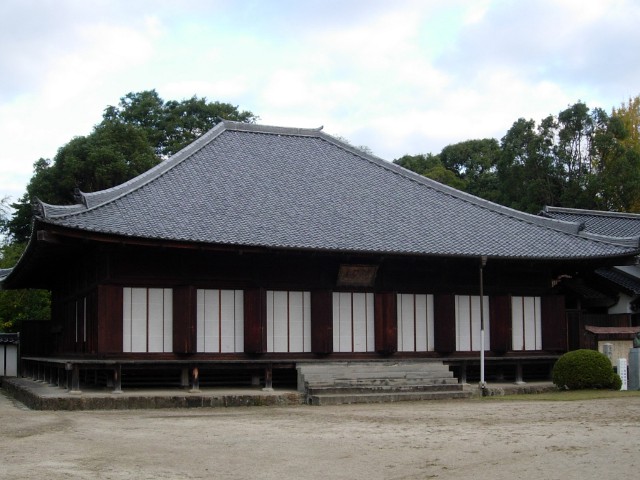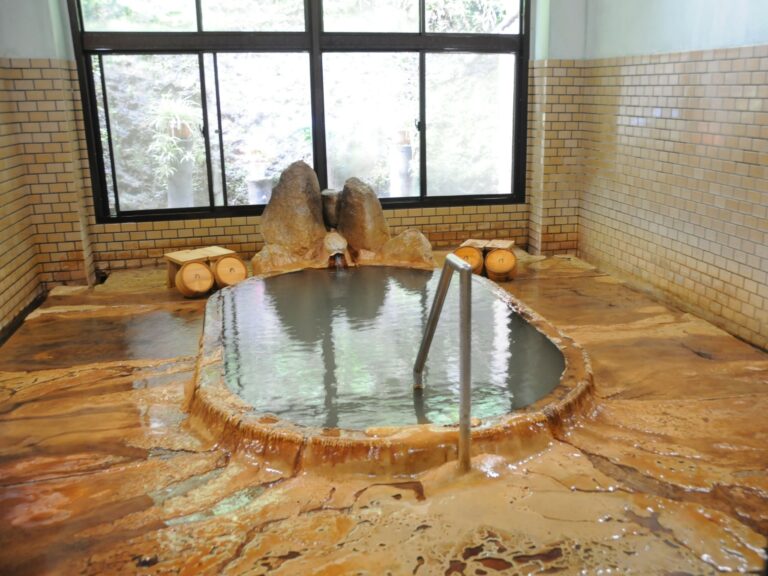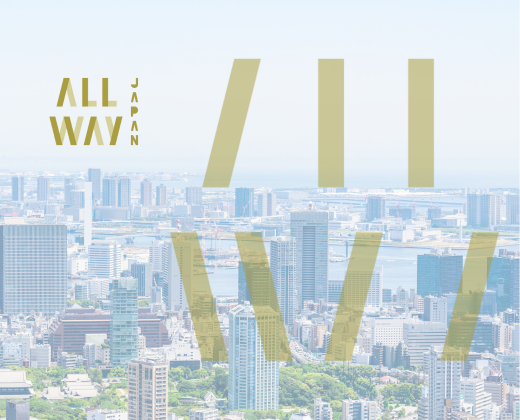A grand shrine dedicated to Japan’s most powerful deity of matchmaking.
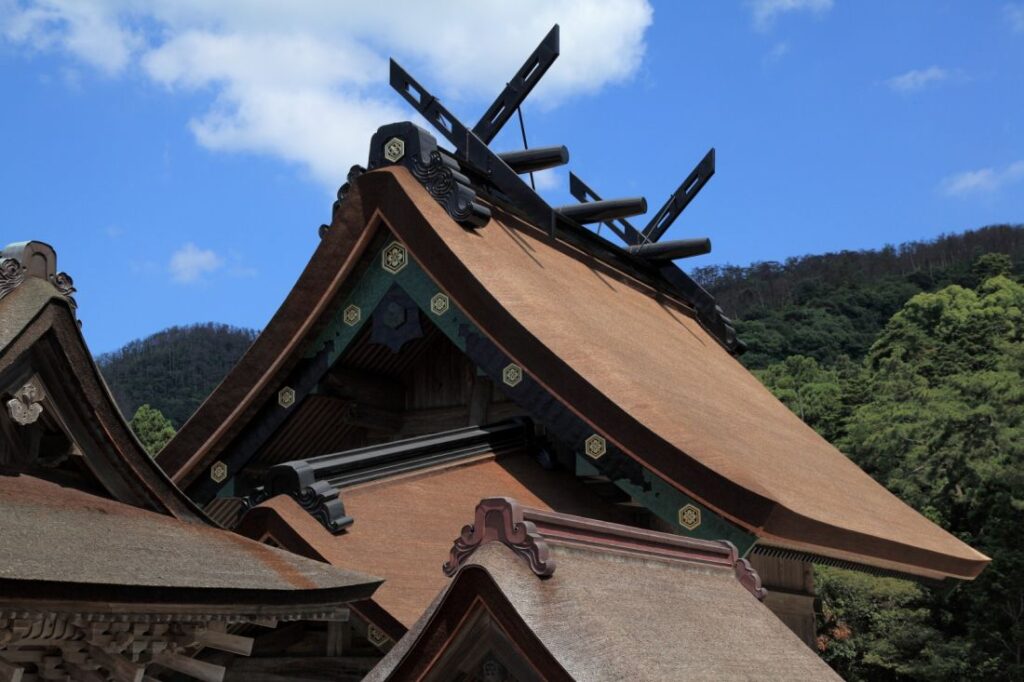
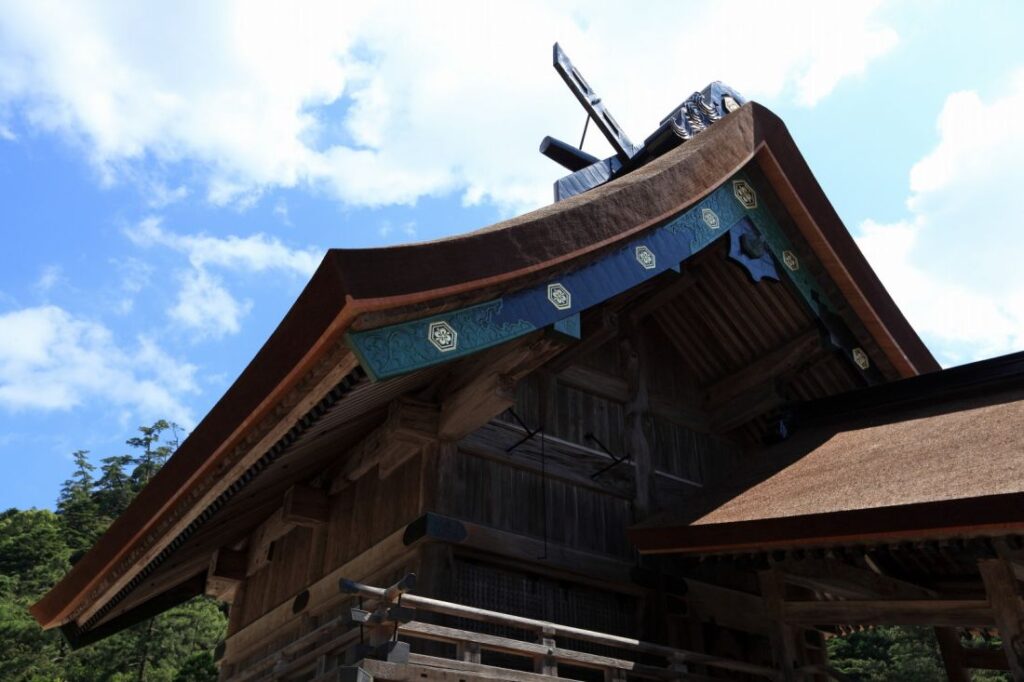
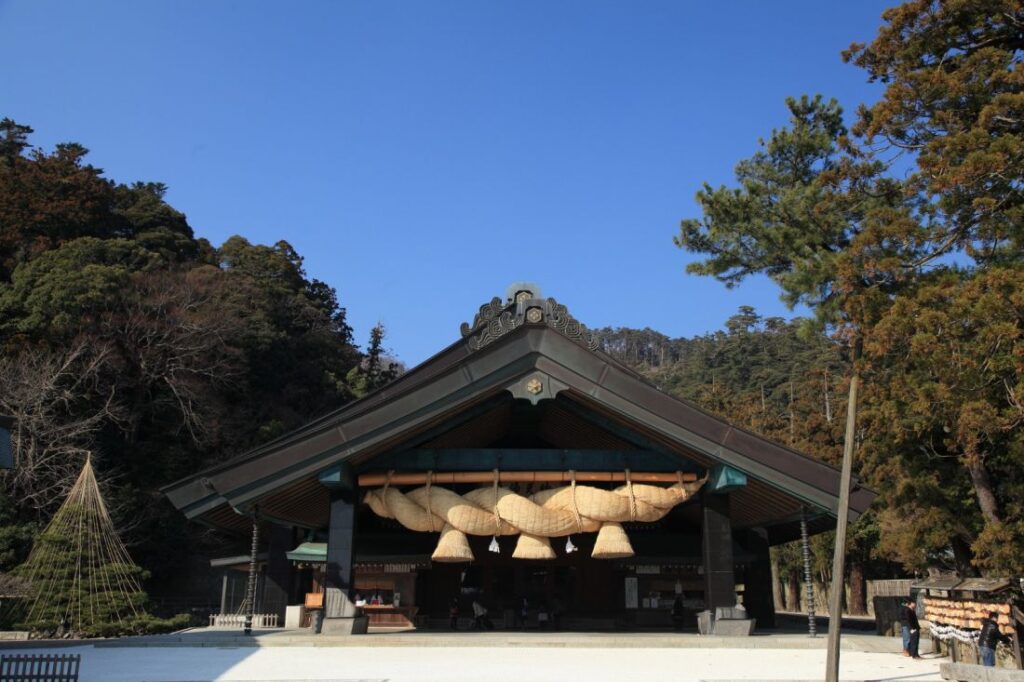
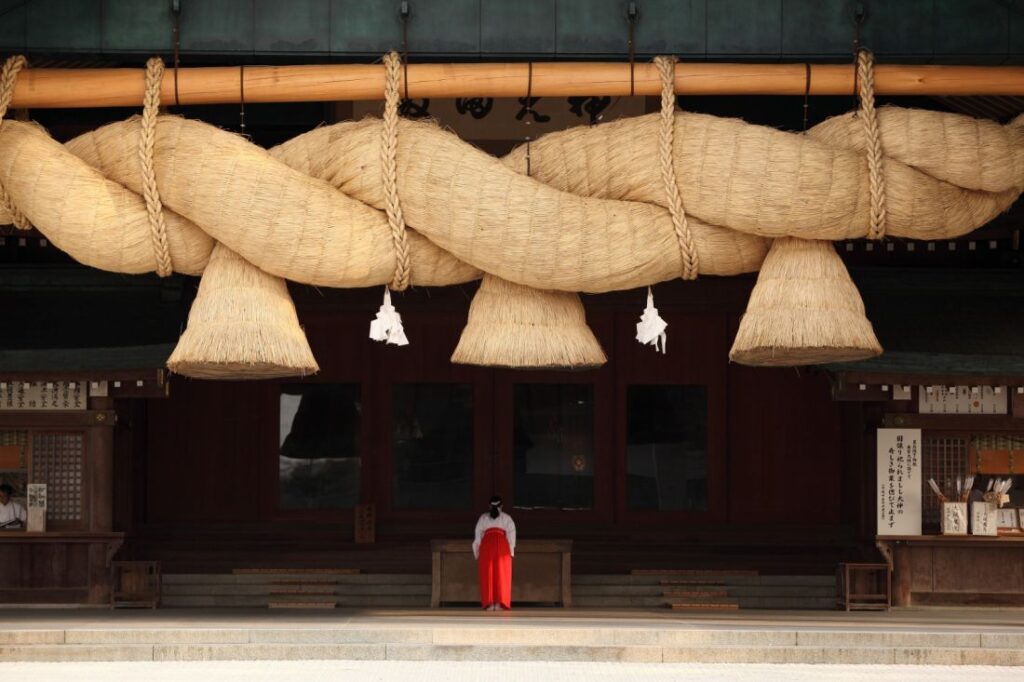
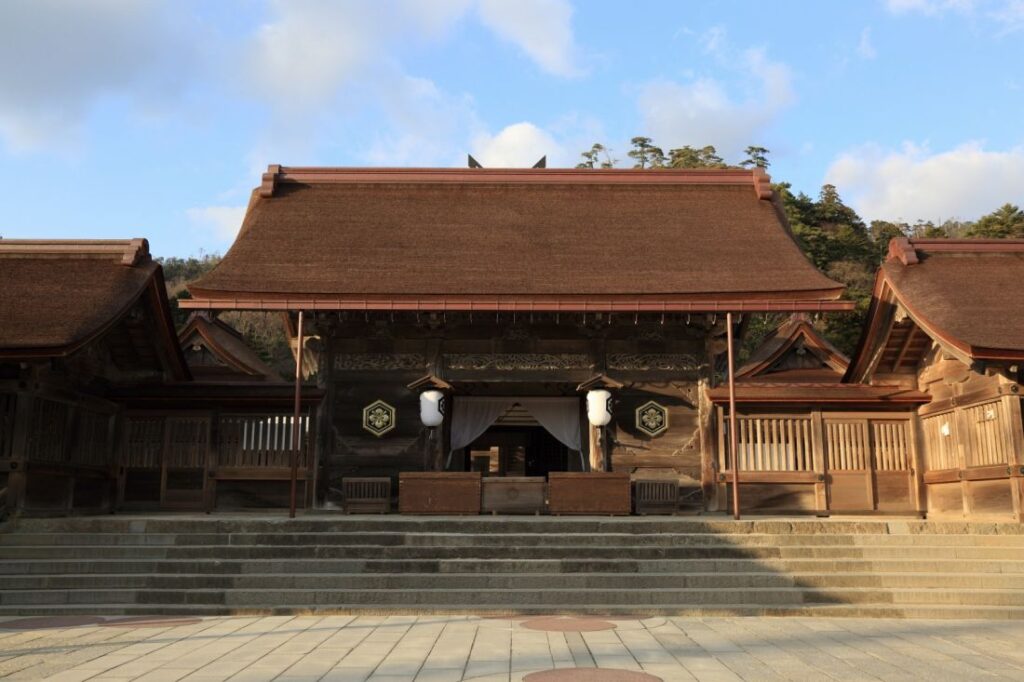
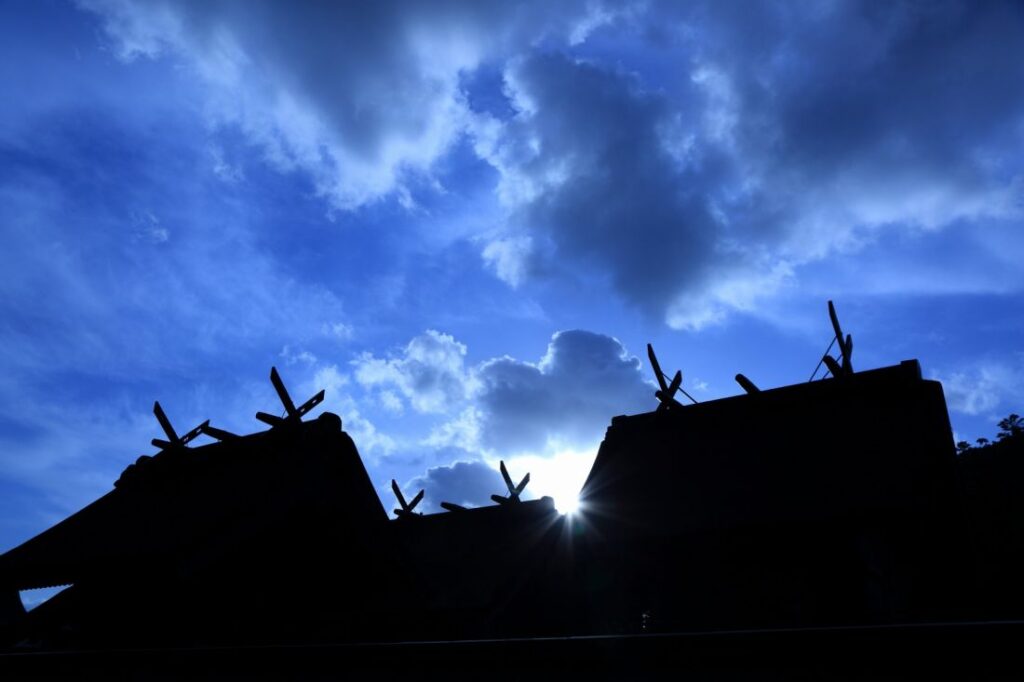
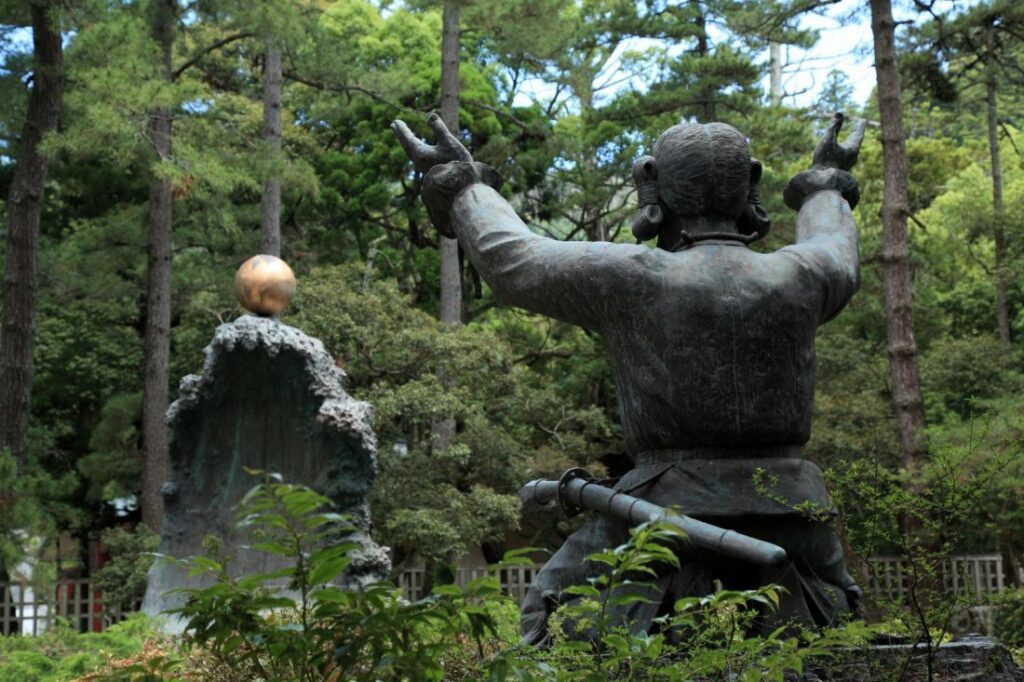
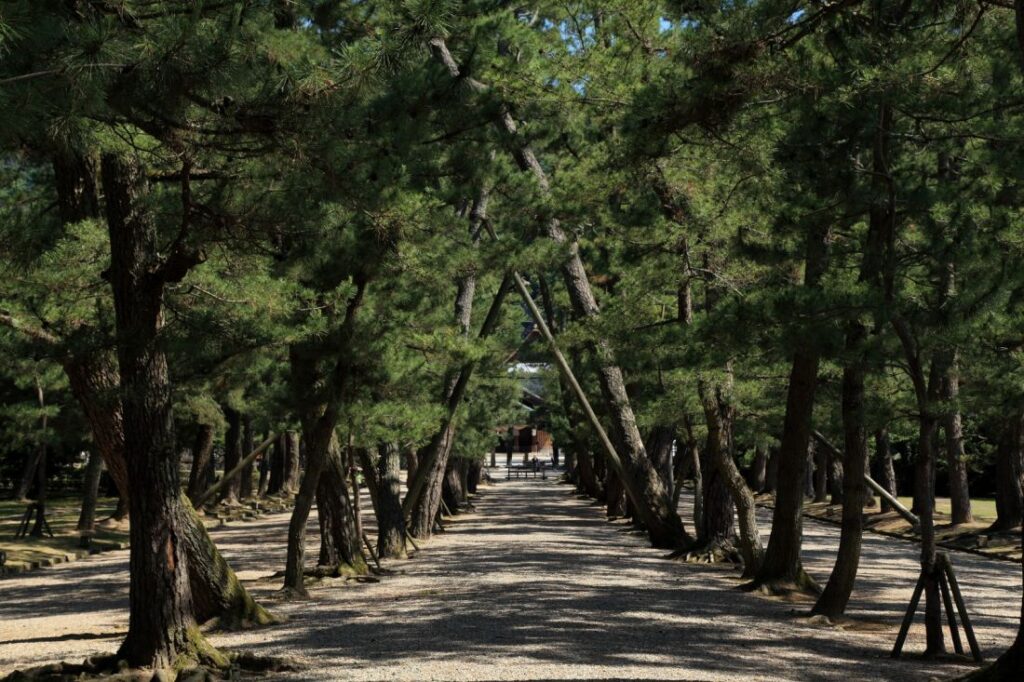
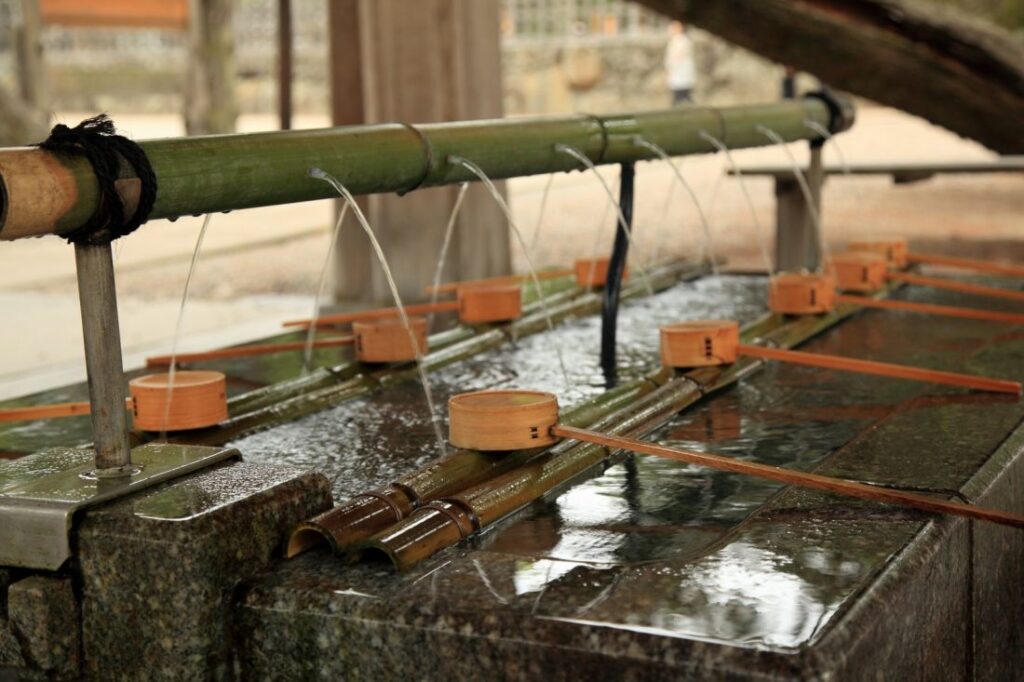
Izumo Oyashiro Shrine enshrines Ōkuninushi no Ōkami, Japan’s most revered deity of matchmaking, and is renowned throughout the country. The concept of "matchmaking" here extends beyond romantic relationships—it is believed to connect people with all kinds of meaningful relationships. During New Year's visits and seasonal festivals, long lines of worshippers form to receive charms for matchmaking and good fortune, as well as Goshuin (temple seals).
The Main Hall (Honden) exudes both grandeur and a sacred presence, offering visitors a sense of history. In spring, cherry blossoms bloom throughout the shrine grounds, while Mt. Yakumo, standing in the background, transforms with vibrant greenery in summer and stunning autumn foliage, bringing a refreshing sense of serenity to visitors.
The Kagura Hall (Kaguraden) houses one of Japan’s largest sacred straw ropes (shimenawa), measuring 13.6 meters in length and weighing 5.2 tons, an awe-inspiring sight. This hall is also a venue for prayer ceremonies and weddings.
The Main Hall is the most iconic example of Taisha-zukuri (the oldest shrine architectural style in Japan). According to ancient records, its original height was 32 jō (approximately 97 meters) in ancient times, later reduced to 16 jō, and finally 8 jō in more recent history. In the year 2000, the discovery of massive foundation pillars supported the authenticity of these historical accounts. Inside, the inner sanctum is structured in a rice-field grid layout, with the sacred Kami seat facing westward, rather than the usual southward orientation of the Main Hall.
According to legend, from the 11th to the 17th day of the 10th month in the lunar calendar, the Yaoyorozu no Kami (eight million gods of Japan) gather at Izumo Oyashiro Shrine for a grand divine assembly to weave the bonds of human relationships. This period draws worshippers from all over the country, making the shrine particularly lively.
Copyright Shimane Prefectural Government and Shimane Tourism Federation All Rights Reserved.

